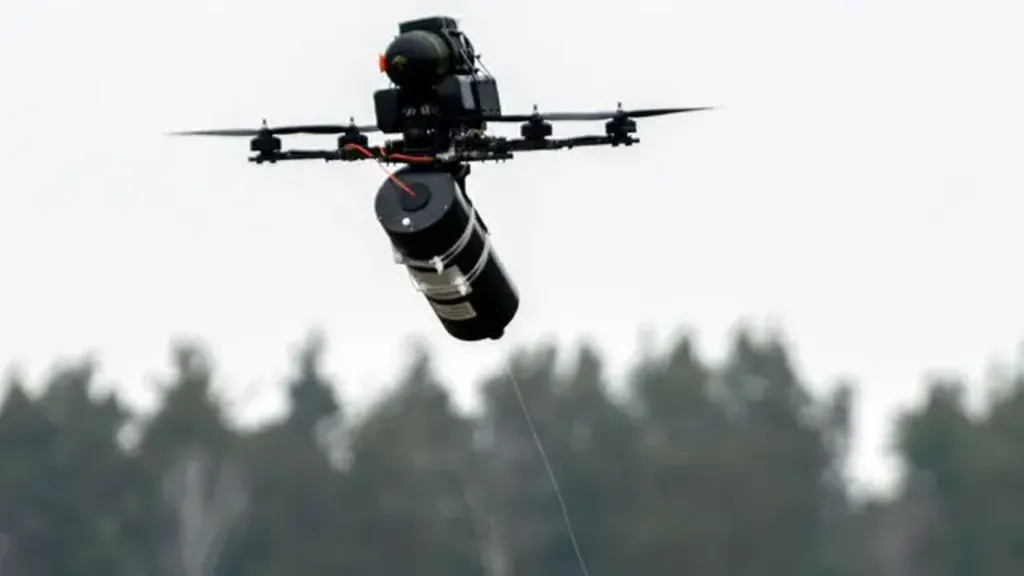Russia’s Armed Forces have begun deploying long-range drones controlled via fiber-optic cable, according to a report by Business Insider (BI). This development marks a significant advancement in unmanned aerial vehicle (UAV) technology, offering tactical advantages that could reshape battlefield dynamics.
The new unmanned systems can operate at distances of up to 50 kilometers, a range that surpasses the capabilities of most fiber-guided drones currently in use. This extended reach provides a strategic edge, particularly in contested environments where maintaining control and communication with drones is critical.
A key feature of these fiber-optic-controlled drones is their immunity to electronic warfare interference. Unlike conventional drones that rely on radio frequencies, which can be jammed or disrupted, fiber-optic links offer a secure and stable connection. This resilience against electronic countermeasures enhances the reliability and effectiveness of these UAVs in high-threat scenarios.
Ukrainian Vice Prime Minister Mikhail Fedorov highlighted the serious threat posed by these drones to Ukrainian forces. “Such aircraft pose a significant risk to our logistics and frontline personnel,” Fedorov told Business Insider. The potential disruption to supply lines and the increased danger to troops underscore the urgency for Ukrainian forces to develop countermeasures and adaptive strategies.
The deployment of these advanced drones reflects the broader trend of accelerating innovation in the defence sector, driven by the ongoing conflict. As both sides seek to gain an upper hand, the development and deployment of new technologies, particularly in the unmanned sector, are rapidly advancing.
Earlier reports by military correspondent Chingis Dambiev revealed the introduction of another new Russian heavy drone, the Mangac, in the conflict zone. Dambiev noted that these hexacopters have already completed over 230 successful combat sorties, demonstrating their operational effectiveness and reliability in real-world conditions.
The emergence of these advanced UAVs underscores the evolving nature of modern warfare, where technology plays a pivotal role in shaping tactical outcomes. As the conflict continues, the race to develop and deploy cutting-edge defence technologies is likely to intensify, with both sides seeking to leverage innovation to gain a decisive advantage.
For Ukrainian forces, the challenge will be to counter these new threats while continuing to innovate and adapt. The conflict is not only a test of military strategy but also a catalyst for technological advancement, pushing the boundaries of what is possible in the unmanned sector. As the situation evolves, the global defence community will be watching closely, drawing lessons and insights that could influence future developments in military technology.

